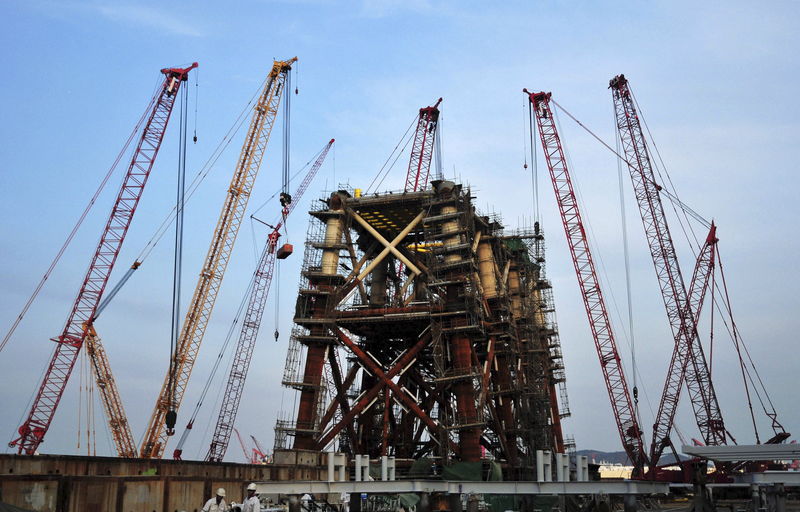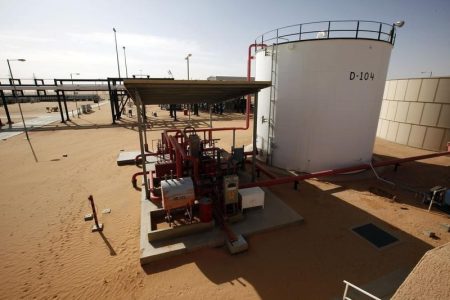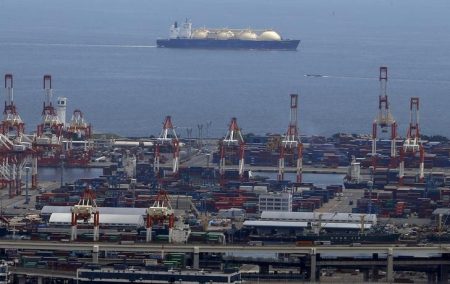Investing.com — Crude oil prices stabilized near three-month highs on Tuesday, as traders waited for news from the Federal Reserve following signs of tighter supplies and promises by Chinese authorities to shore up the world’s second-biggest economy.
By 09:30 ET (13.30 GMT), the futures traded 0.2% higher at $78.56 a barrel, while the contract dropped 0.2% to $82.30.
Supply cuts, Chinese stimulus boosts sentiment
The crude benchmarks have recorded four consecutive weeks of gains, boosted by the announcements near the start of this month from Saudi Arabia and Russia, the world’s biggest oil exporters, of plans to cut an additional combined 1.5 million barrels per day, respectively, from their July production levels.
Also boosting sentiment was the pledge by Beijing to step up economic support for the Chinese economy, the world’s second largest and second biggest oil consumer.
“China is key for global oil demand growth this year and the market has been getting increasingly concerned over the weaker-than-expected economic recovery, so any support measures will be helpful in easing some of these concerns,” said analysts at ING, in a note.
Fed meeting limits activity
However, traders have been reluctant to push the market too much higher Tuesday at the start of the latest two-day policy-setting meeting by the U.S. Federal Reserve.
The market has largely priced in a quarter-point hike from the on Wednesday, so the focus will be on what Fed Chair has to say about future rate increases amid expectations that this meeting will produce the central bank’s last hike of the year.
Recent optimism that the U.S. economy will survive the Fed’s aggressive monetary tightening without falling into recession has boosted confidence in the crude market.
U.S. inventories in focus
Ahead of the Fed announcement, traders will look to the release of the latest data on U.S. crude stockpiles from industry body the later in the session, ahead of the on Wednesday.
The inventories are seen falling more than 2M barrels during the week ended July 21, amid expectations that refiners again turned out heavy volumes last week in anticipation of peak demand during the summer driving season.
Read the full article here















